Best Direct Delivery Management Software for Restaurants in 2025

Tired of high delivery fees from third-party apps? Stressed out by manually giving routes to drivers? It’s time to get your own delivery management software.
With the rise of AI tools, you no longer need to play phone tag with your drivers and customers. You can receive, dispatch, and complete orders without lifting a finger.
But not all delivery management platforms are the same. We compared the best direct delivery tools on the market for ease of use, pricing, and functionality. Here are the best delivery management apps for your restaurant in 2025.
1. Shipday
Shipday is a delivery management app based in California that gives you the power to handle your own deliveries. Receive new orders, assign them to drivers, and track their location in real time. Get notifications when orders are on the way or fulfilled with proof of delivery.
Shipday helps boost customer loyalty by updating diners on their orders and collecting feedback. Using a branded tracking link, customers get a smooth brand experience when checking their order. Plus, integrated AI agents give your customers support so you don't have to.
Shipday offers a mobile app for drivers that you can customize to match your branding. Automate your deliveries and create routes in seconds. Bring orders to your customers up to 30% faster.
The platform integrates with popular restaurant POS systems like Toast, Lightspeed, and Square, and couriers like Uber, Doordash, and Skip. Connect your favorite tools so orders flow seamlessly from checkout to driver.
Shipday’s pricing structure is a monthly subscription that starts with a free plan. You have the option to upgrade for more drivers, orders, and seats.
Full disclaimer: We’re biased. So don’t take it from us, take it from Josh Fischman, Manager at La Familia Katonah in New York:
"Implementing Shipday transformed our delivery operations—saving us up to 100 hours a month, significantly improving order accuracy, and helping us earn 53 five-star Google reviews in just 20 weeks.”
Benefits of using Shipday:
- Most affordable pricing on this list with a free tier and plans under $100
- User-friendly interface designed for restaurants
- Real-time tracking and customer notifications
- Easy integration with POS systems and online ordering platforms
- Automatic driver dispatch
- 24/7 customer support
Unique feature:
Shipday’s AI agent collects and responds to your customers' feedback. Choose your voice and tone and the type of feedback where you want the AI agent to respond. You'll be able to test and preview the replies, as well as set the end goal for the interaction. Let AI earn you 5-star Google reviews so you can focus on improving your business.
Best for:
- Small to medium restaurants and chains looking for an easy-to-use solution
- Pizzerias with limited IT support that don't want to spend a fortune on a custom application development
- Ghost kitchens, catering services, and delivery concepts looking for a simple way to manage deliveries
Try Shipday for free today. No credit card required.
2. Onfleet
Onfleet is a last-mile delivery management platform based in California. The system plans routes, dispatches drivers, and tracks deliveries. It connects to existing ordering systems and sends customers notifications with ETAs.
Onfleet offers a dashboard with analytics and a mobile app for drivers. You can save fuel, deliver on-time, and expand your driver capacity.
Connect Onfleet to your ordering system to organize orders, optimize routes, and assign tasks to drivers through the app. Get real-time GPS tracking for your customers and analytics on your delivery performance.
Subscribe to Onfleet via a monthly plan that scales up with more delivery tasks and advanced features.
Pros:
- Route optimization and auto-dispatch
- Analytics and performance metrics
- API for custom integrations
- SMS notifications for customers
- Predictive ETAs and proof of delivery
Cons:
- Higher price point compared to simpler solutions
- Lack of mobile support for dispatchers, according to Dan S.
- Not specific to restaurants
Unique feature:
Onfleet’s Predictive ETA calculates delivery times based on more than just traffic and distance. It combines machine-learning algorithms, Google data, and the driver's phone data. You can add this feature to a plan.
The tool can also send SMS notifications before the predicted ETA and keep customers informed of any delivery delays.
Best for:
- Multi-location chains with large delivery zones, high volume, and complex routes
- Restaurants with delivery as the main revenue driver who are willing to invest
Small, independent restaurants with low delivery volumes may want to explore other options. Onfleet’s advanced features and pricing may be more than what a small business needs.
3. Route4Me
Route4Me is a route optimization software based in Florida that helps manage last-mile delivery. You can plan routes based on multiple factors like distance, labor laws, vehicle capacity, driver skills, and delivery windows. The system is available on both web and mobile applications for convenient access.
Like the previous tools, Route4Me has features like real-time tracking, proof of delivery, customer notifications, and route analytics. The software’s algorithms aim to decrease miles and time spent on routes. It offers API integration, though it doesn’t advertise syncing with POS or online ordering systems for restaurants.
Route4Me serves many industries like transportation, logistics, and waste management. Its main purpose is to optimize routes rather than deliver restaurant orders. However, it may work for businesses that need food delivery across large areas or complex networks.
The platform requires a monthly subscription per user, with more features in higher tiers.
Pros:
- Advanced route optimization
- Handles high volume
- Responsive customer service
- Android and iOS apps available
- Can upload stop addresses from a spreadsheet
Cons:
- Some users on Capterra have expressed concerns with the GPS accuracy
- Not designed for restaurants; more geared towards grocery and restaurant suppliers
- Pricing can be high for smaller businesses
Unique feature:
Route4Me has territory planning which allows you to segment customers based on more than just location. Create and manage territories based on service type, customer type, and more. Make sure the workload is balanced well across the team.
Best for:
- Larger restaurant groups with complex delivery needs and wider zones.
- Businesses who manage hundreds of deliveries or high-volume catering across many cities
- Restaurants with dedicated dispatchers who can invest time in learning more advanced tools
Small, independent restaurants with lower volumes or smaller delivery areas may not require all of Route4Me’s features.
4. Tookan
Tookan is a delivery management platform based in Punjab, India. It helps businesses manage deliveries through creating tasks, assignments, tracking, and reporting. It offers a web dashboard for admins and a mobile app for delivery agents and customers.
Tookan has features like route planning, dispatch, real-time tracking, proof of delivery, and customer notifications. Though the tool serves multiple industries, it integrates with restaurant POS and online ordering platforms.
With Tookan, you have the option to subscribe annually or buy a lifetime license at a one-time cost. Tiers scale by task volume with add-on features like a customer app. They also have many extensions you can add to your plan to customize the right tools for your business.
Pros:
- Reactive customer service
- Integrates with restaurant POS systems
- Customizable to your branding
- Offers app for delivery agents
- Option to buy lifetime access
Cons:
- Some Capterra users report glitchiness
- Can become expensive as you add premium features
Unique feature:
In addition to delivery, Tookan also offers an online ordering add-on. Take orders from customers on a white-label website with your branding. If you don’t already have your own online ordering set up through your POS, you could opt to add this feature to your plan.
Best for:
- Medium to large restaurants that need a highly customizable solution
- Multi-concept operations that do delivery for multiple brands
- Restaurants looking to expand into other services like grocery or retail delivery
5. Cigo
Cigo is a delivery management software based in Quebec, Canada. Like Onfleet and Route4Me, it offers route planning for last-mile delivery. Their system combines traffic data, road conditions, and delivery priorities to save fuel and deliver faster. It tracks orders, assigns drivers, and notifies customers about status updates. The tool is agile, recalculating routes when changes are made.
Cigo can help with packing and loading too. It can track the capacity of each vehicle to determine if there’s room to carry more. Plus, it monitors driver behavior and customer feedback to signal who your top performers are and areas of improvement.
Drivers can download an app to follow routes, capture proof of delivery, and communicate with dispatchers. Their auto-dispatch feature assigns deliveries based on availability, location, and load capacity. Admins can also set up alerts for mistakes like damages or incomplete deliveries.
Cigo sends SMS or email updates to customers with a tracking website that matches your brand. After the delivery is complete, the platform can collect customer feedback and leave reviews.
Cigo wasn’t created for restaurants, so in order to connect to your POS or online ordering system, you’ll need to use their API or a Zapier integration.
Pricing works on a monthly subscription basis with extra features and a free trial available.
Pros:
- User-friendly mobile app for drivers
- Route planning that adapts to changes
- Tracks vehicle capacity for optimal loading
- Sends customer notifications and gathers feedback
Cons:
- No existing integrations with restaurant POS or online ordering apps
- Some users on GetApp say Cigo’s reporting needs improvement
- Leans on the pricier side, though not as expensive as Onfleet
Unique feature:
Cigo has a separate tipping app that lets customers tip their drivers through their phones. You can also split tips between drivers who work on orders together. Customers who are used to ordering through third-party apps may appreciate the option to tip digitally.
Best for:
- Restaurants with their own in-house fleet of drivers that do a moderate volume of deliveries
- Businesses with defined delivery zones rather than large or variable territories
- Owners or managers directly involved in delivery operations
6. Circuit
Circuit for teams is a delivery management software for businesses with multiple drivers. It can develop routes, track drivers, and send notifications. Upload a spreadsheet of addresses or connect through Shopify, Zapier, or their API to create optimized routes. It offers a dispatcher dashboard and can secure proof of delivery.
Circuit also has a driver app that integrates with Waze, Google Maps, and Apple Maps. It can adapt to live changes, like rescheduling unsuccessful deliveries, and you can access analytics on driver performance. Similar to the other vendors, customers get SMS or email notifications about order updates.
Circuit offers monthly subscription plans that scale up based on the number of stops and additional features you need. You can trial it free for 7 days.
Pros:
- Simple and user-friendly
- Creates routes quickly
- Easy to onboard drivers to the app
Cons:
- No existing integrations with restaurant POS or online ordering softwares
- One user said the app was slow without strong network connectivity
- Some Capterra reviews mention the lack of route customization
Unique feature:
Circuit gives drivers the ability to note the location of each package in their vehicle. That way, drivers carrying multiple orders won’t waste time rifling through their car for the correct bag or box.
Best for:
- Restaurants with wide delivery zones and predictable delivery patterns
- Businesses with drivers who manage numerous deliveries per trip and who aren’t tech-savvy
- Drivers who prefer to use a separate navigation app like Google Maps or Waze
- Those looking for a simple tool without extra workflows or customization
Deliver Orders Faster and More Accurately
No one likes a cold, soggy meal. Direct delivery management platforms make sure your dishes arrive to your customer in their most delicious state. Cut costs on fuel, driver time, and third-party delivery app fees using smart technology that plans routes for you.
There are a lot of route planning softwares on the market, but most aren’t restaurant-specific. When you use an app like Shipday designed for restaurants, you get restaurant-specific features. Connect your POS or Uber, Skip, or Doordash to reduce manual work.
Steak Out in New Jersey was able to expand their delivery radius past five miles using Shipday. Owner Bryan Tobin says:
“Our online orders used to be about 20% of our business. Now we are closer to 30%, which is a positive, because if anybody who has online orders knows their average ticket size is bigger than phone orders and even in-person orders.”
Try Shipday’s AI-powered app for free today.
Index
Ready to get started?
Play around with it first, add your team, pay later.






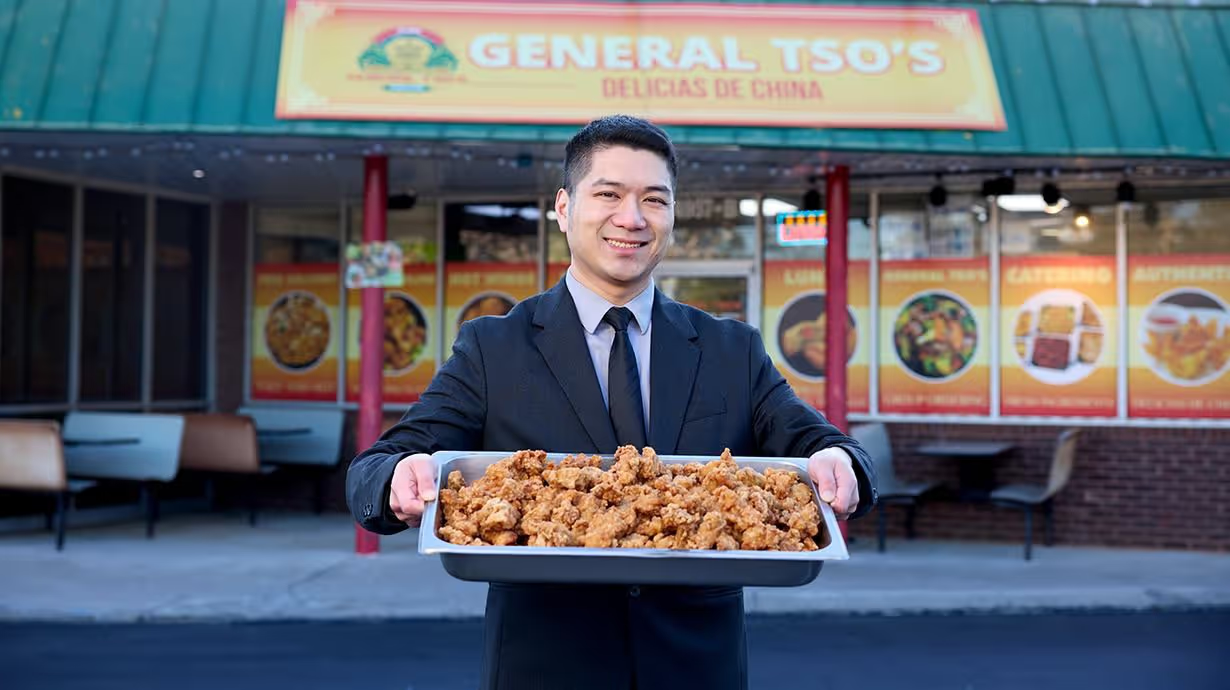
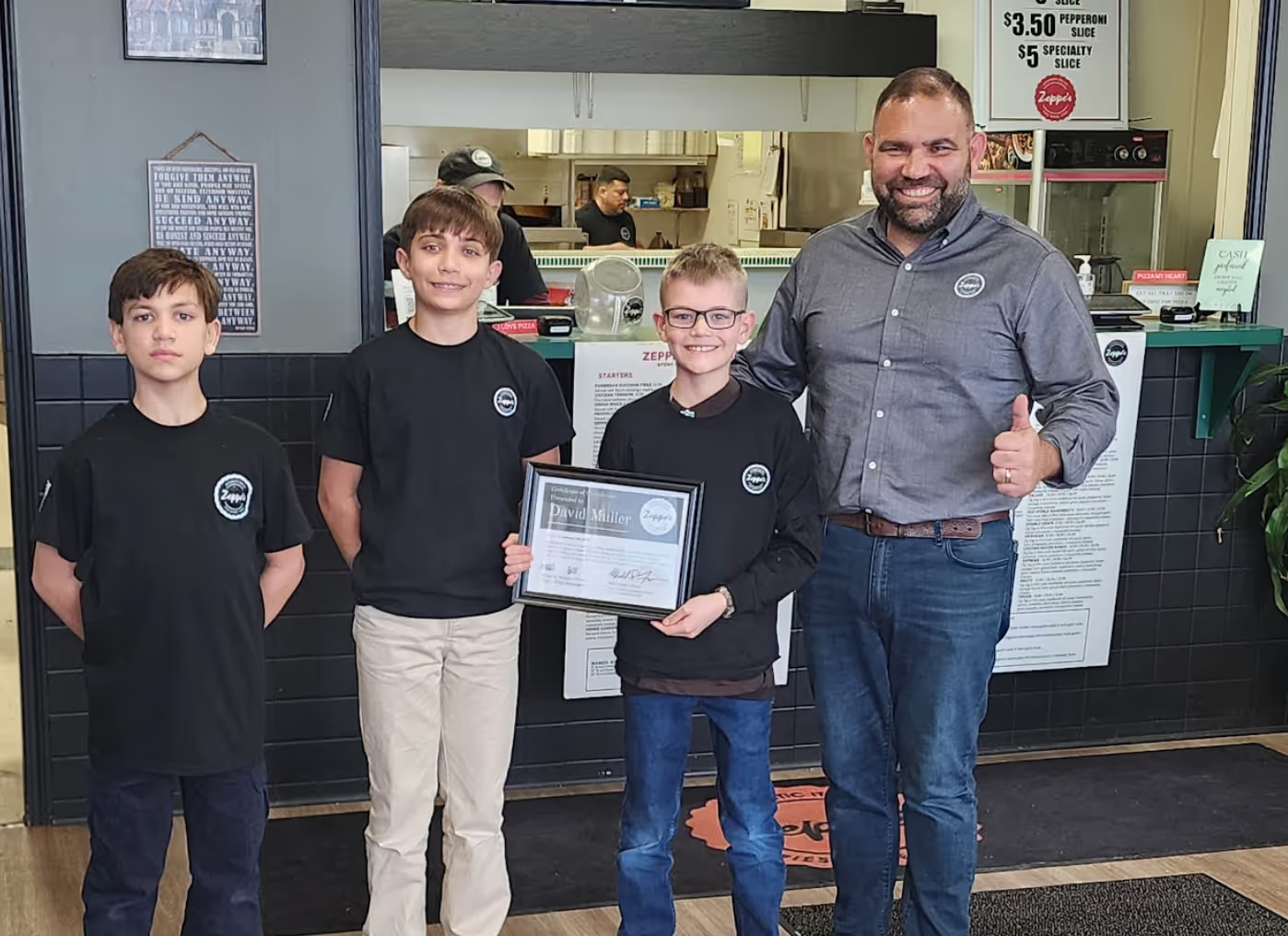
.avif)
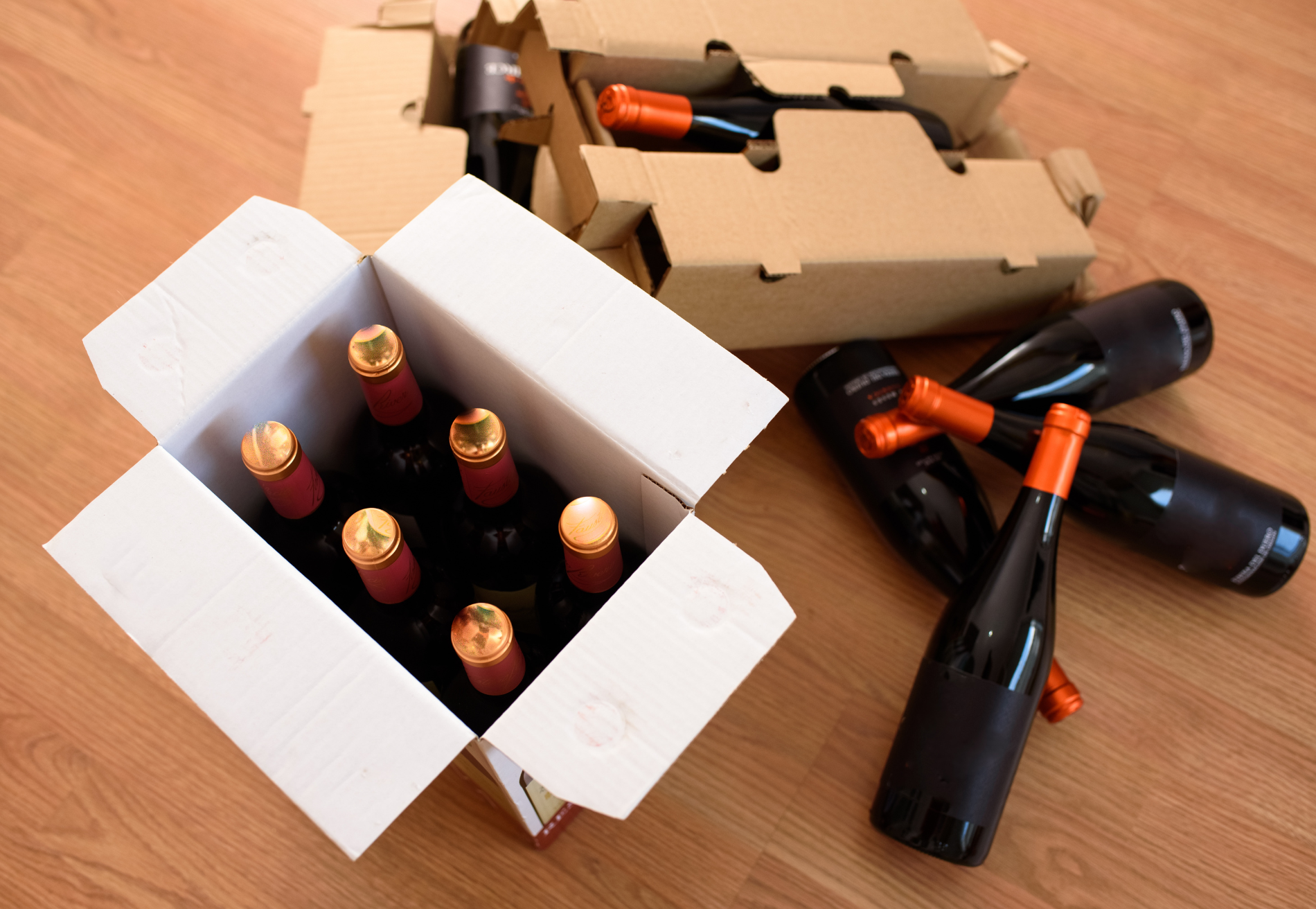
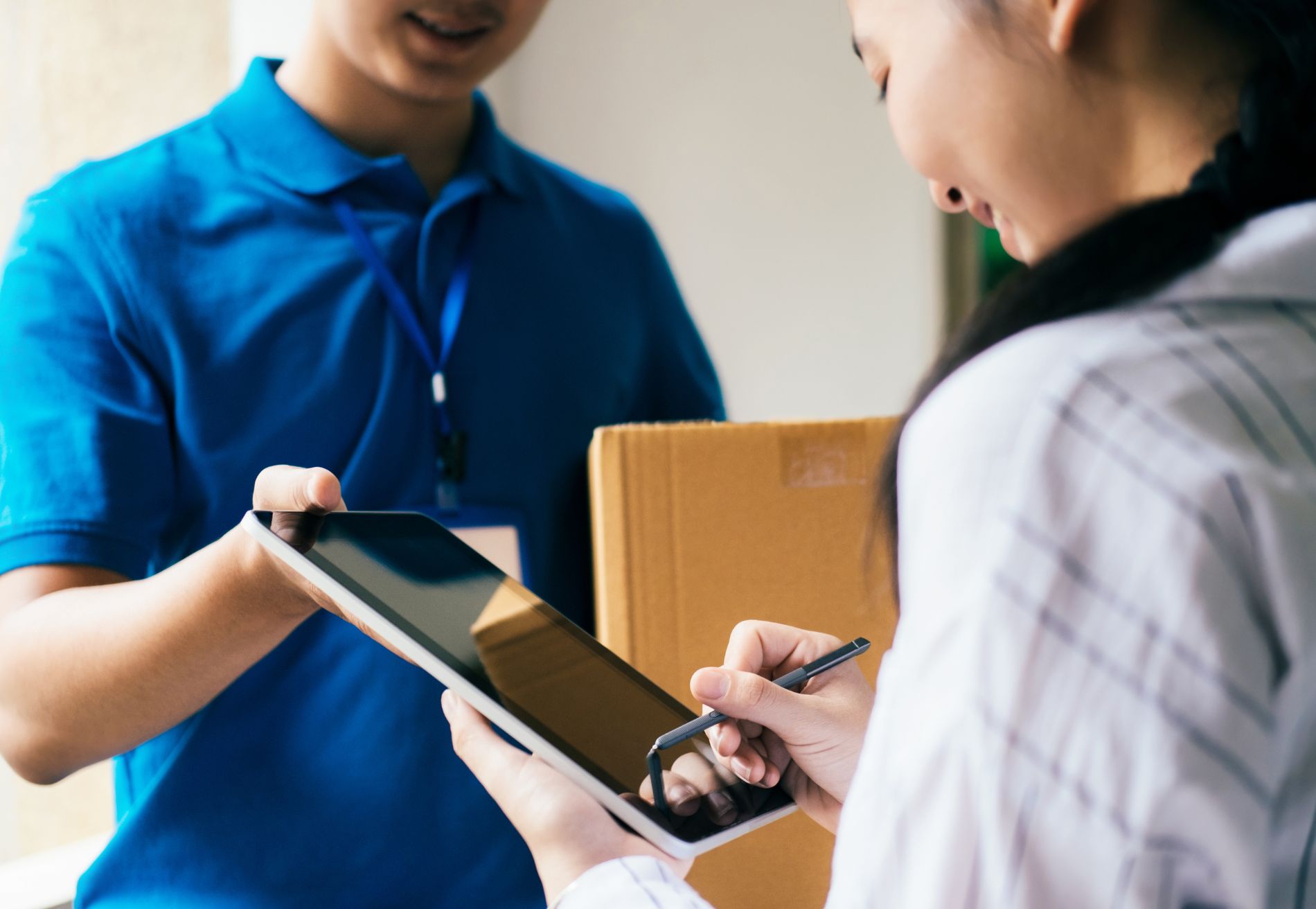
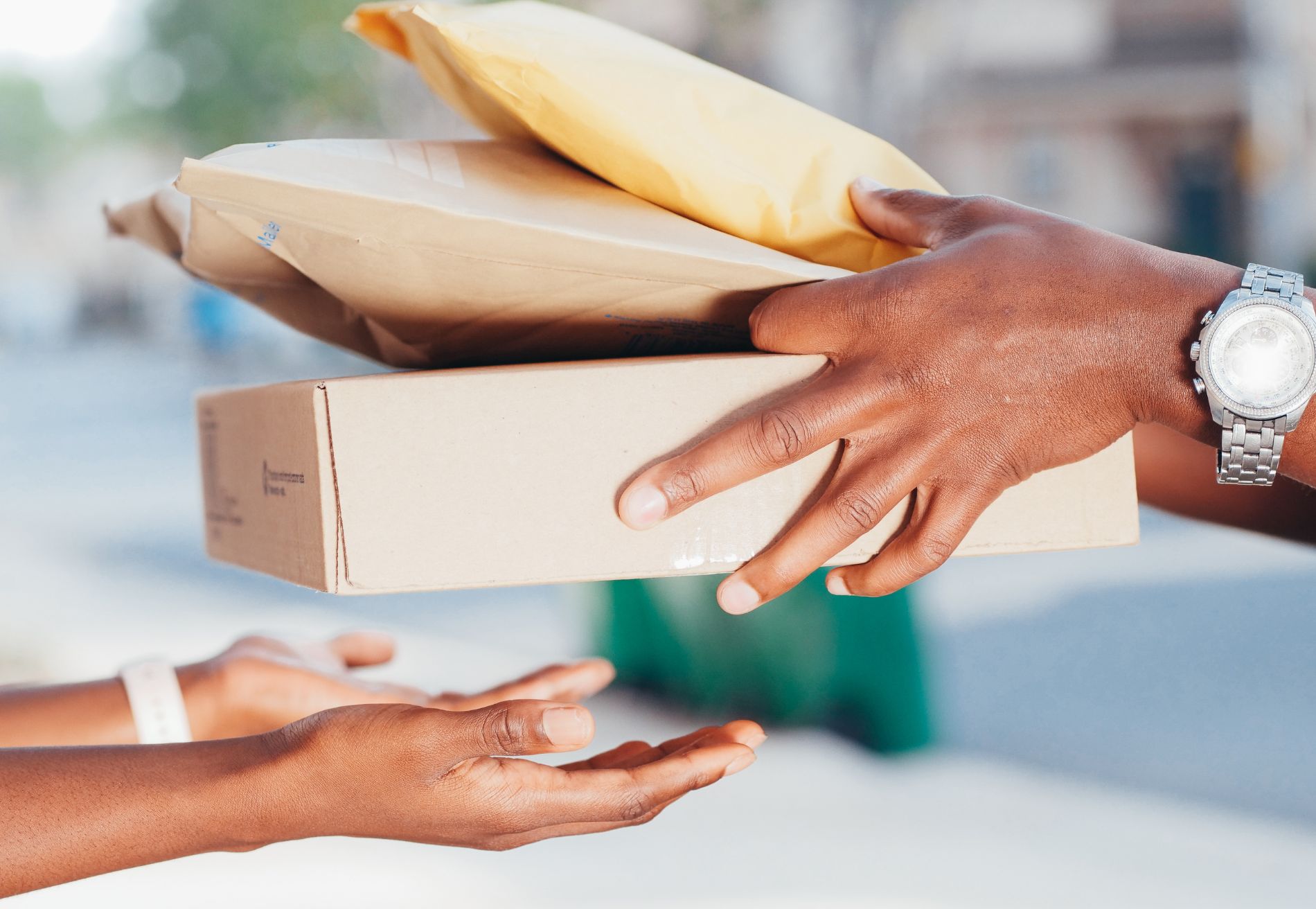



%201.svg)
